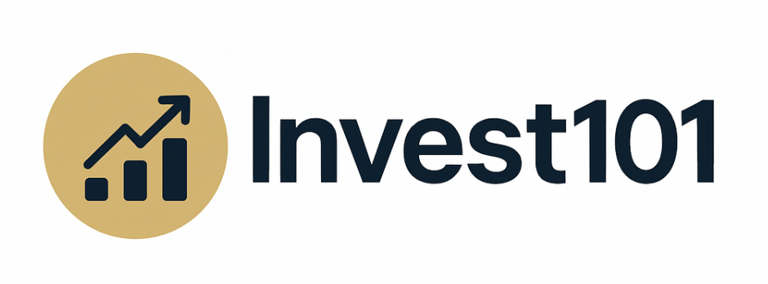How to Track Investor Flows in Real Time
A practical guide for navigating flow-driven markets
7/13/20252 min read


1. ETF Flows: Follow the Passive Tide
ETFs represent one of the clearest and most transparent signals of where money is moving.
What to watch:
Net flows into sector or thematic ETFs (e.g. SMH for semiconductors, XLE for energy).
Premiums/discounts to NAV, large deviations may signal forced buying/selling.
Daily turnover : spikes may indicate directional interest or positioning unwind.
Where to track:
ETF.com : Daily fund flow reports
iShares & State Street : Institutional commentary on ETF activity
[Bloomberg Terminal: ETFG <GO>] : Real-time fund flows (for professionals)
2. Options Market: The Hidden Flow Engine
Short-dated options flows (especially 0DTE) now move the underlying stocks and indices via dealer hedging (gamma exposure).
What to monitor:
Put/Call ratio : High ratios may signal hedging; low ratios suggest speculative call buying.
Implied volatility spikes : Often tied to event-driven or flow-driven demand.
Open interest + net delta : Shows whether dealers are long/short gamma.
Where to track:
Cboe Options Dashboard : Free data on SPX, VIX, sector options
SpotGamma : Gamma maps, dealer positioning (premium tools)
[Gamma Exposure charts on Twitter: @spotgamma, @tier1alpha]
3. Mutual Fund and Institutional Rebalancing
Large monthly/quarterly flows often come from pension funds, sovereign wealth funds, and multi-asset managers rebalancing risk.
What to expect:
Month-end or quarter-end flows: Stocks may rise or fall simply due to asset allocation shifts.
Fixed weight models: Imbalances arise when equities or bonds outperform disproportionately.
Tools & clues:
Goldman Sachs and JPMorgan flow desk commentary (for institutional clients)
Public filings: SEC Form 13F (with lag, shows major manager moves)
Trading desks often flag expected month-end rebalancing flows
4. Retail Sentiment & Social Media
Retail behavior matters : especially when flows become crowded. Tracking where sentiment is heading can reveal early flow trends.
Where retail flows show up:
Robinhood trends (via Robintrack.net)
Google Trends: Search volume for "buy Nvidia stock" or "SPY call options" can be surprisingly predictive
Reddit (r/WallStreetBets) & TikTok Finfluencers: Especially useful for small-cap and meme stocks
5. Cross-Asset Flow Indicators
Macro fund flows often spill over between asset classes : e.g., USD strength drawing capital out of EM equities, or bond yield spikes triggering equity drawdowns.
Useful signals:
Currency strength & capital repatriation (via DXY, USDJPY)
Credit spreads : wider spreads often correlate with outflows from equities
Global fund positioning reports (e.g., BofA Global Fund Manager Survey)
Final Tips: Making Sense of the Flow
Price confirmation matters: Don't follow flows blindly. Are flows pushing price or chasing it?
Context is key: A $500M inflow into a niche ETF is huge. The same into SPY is noise.
Watch reversals: When crowded trades unwind, flows can reverse fast, creating air pockets.
Bottom Line
In flow-driven markets, tracking money movement is no longer optional, it’s essential.
Just like earnings and inflation matter for long-term direction, flows shape the short- to medium-term path.
The best investors now monitor both fundamentals and flows. You should too.
Invest101.blog
Articles and resources for smart investing.
Contact
contact@invest101.blog
© 2025. All rights reserved.
